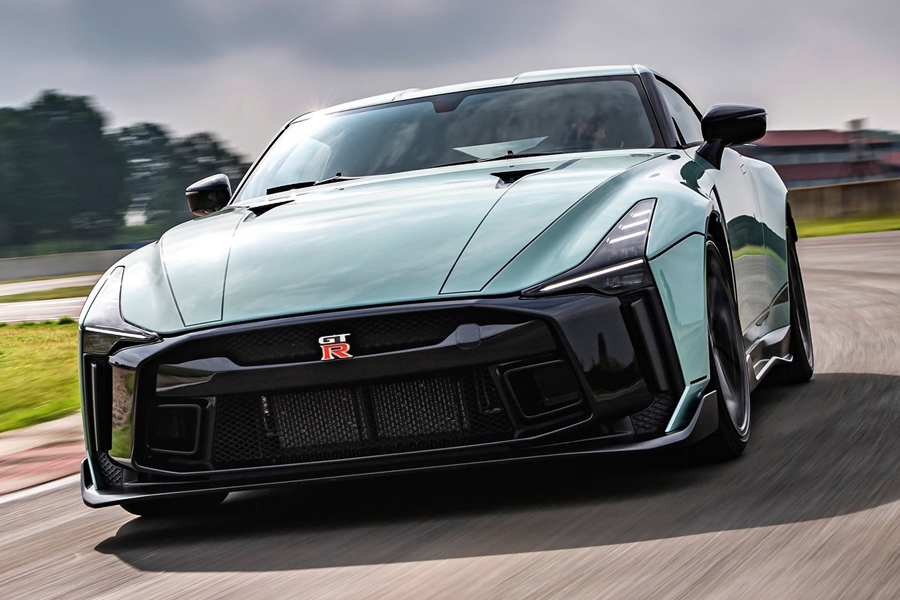
Performance Comparison Sheets Do Not Tell You The Full Story
The performance sheet of a car provides valuable information when it comes to making a purchasing decision but only if you know how to read them. It gets even more confusing when putting two of them side by side for performance comparison. The numbers do not tell the full picture and how things work in reality.
Torque and Power
Most people look at power exclusively when comparing cars. BHP or brake horsepower is a representation of how fast an engine can get work done. The higher the number the faster it can reach high speeds at the wheels. However, BHP is measured in ideal conditions such as a dyno. On a dyno, there is less resistance at the wheel between the tires and the road. There is also no opposing force from the wind. Aerodynamics are eliminated. At the same time, the load and the inclination of the car are ideal. BHP does not paint a fair picture on a performance comparison sheet.

When you factor in the above-mentioned elements that are not factored in when calculating horsepower, you need to look at torque. Torque is the force with which the engine spins the flywheel. On performance charts and performance comparison sheets, you see torque specified in the form of max torque at a certain RPM. This means that the car will deliver the most force to the wheels when a certain engine RPM is reached. When the RPM for max torque is high, you will get a car that is generally loud.
To get the torque you need, the engine needs to work at high RPM. Imagine leaving from a standstill in a parking lot. In first gear, you do not rev the engine a lot. However, because you are not revving it all that much, you do not get the torque you would expect. If you do rev it up, you will end up leaving from a standstill at a high speed. Ideally, you want to have high torque starting at low RPMs such as 1400 to 2000 RPMs if you want a car to be your daily driver.


